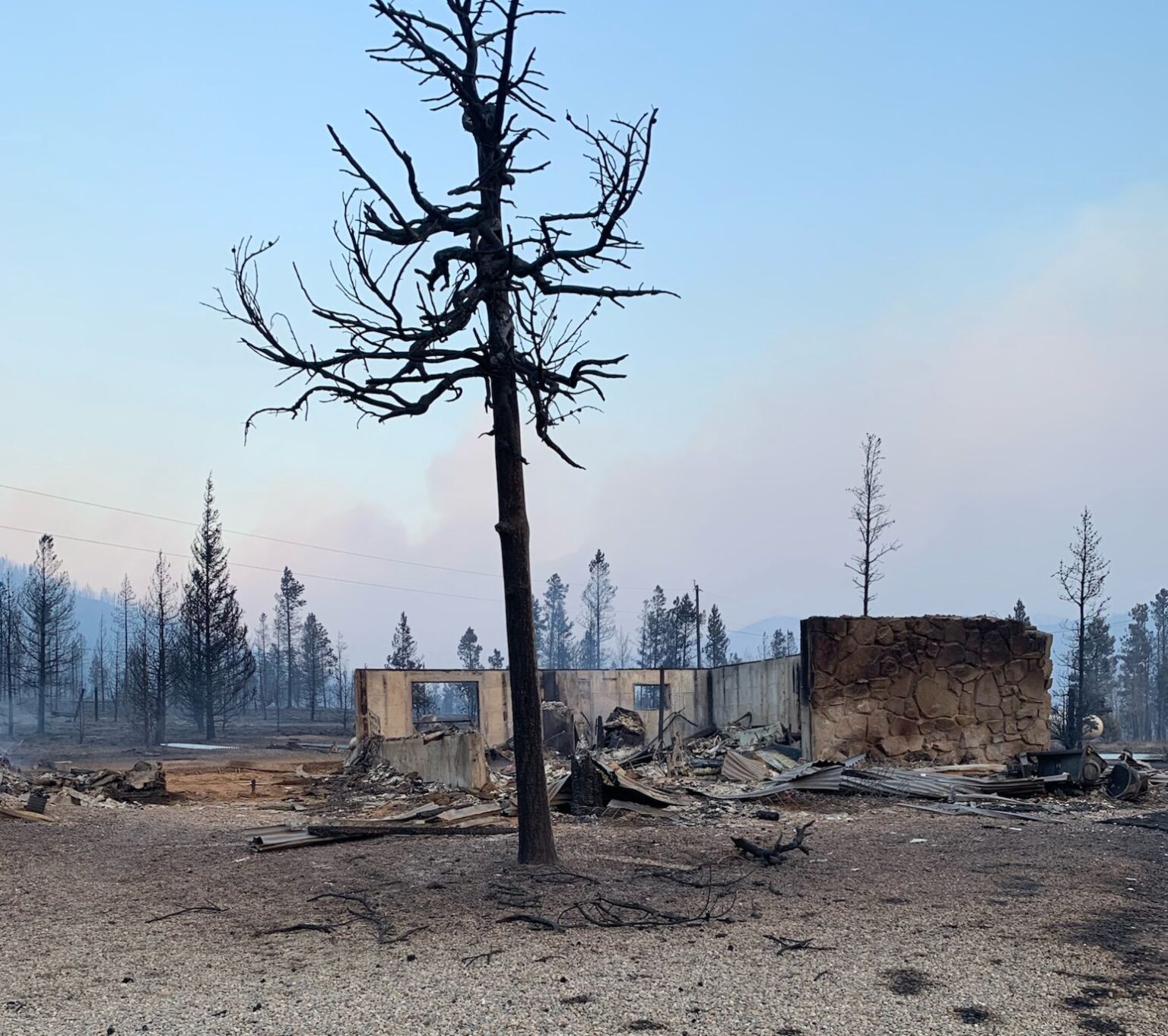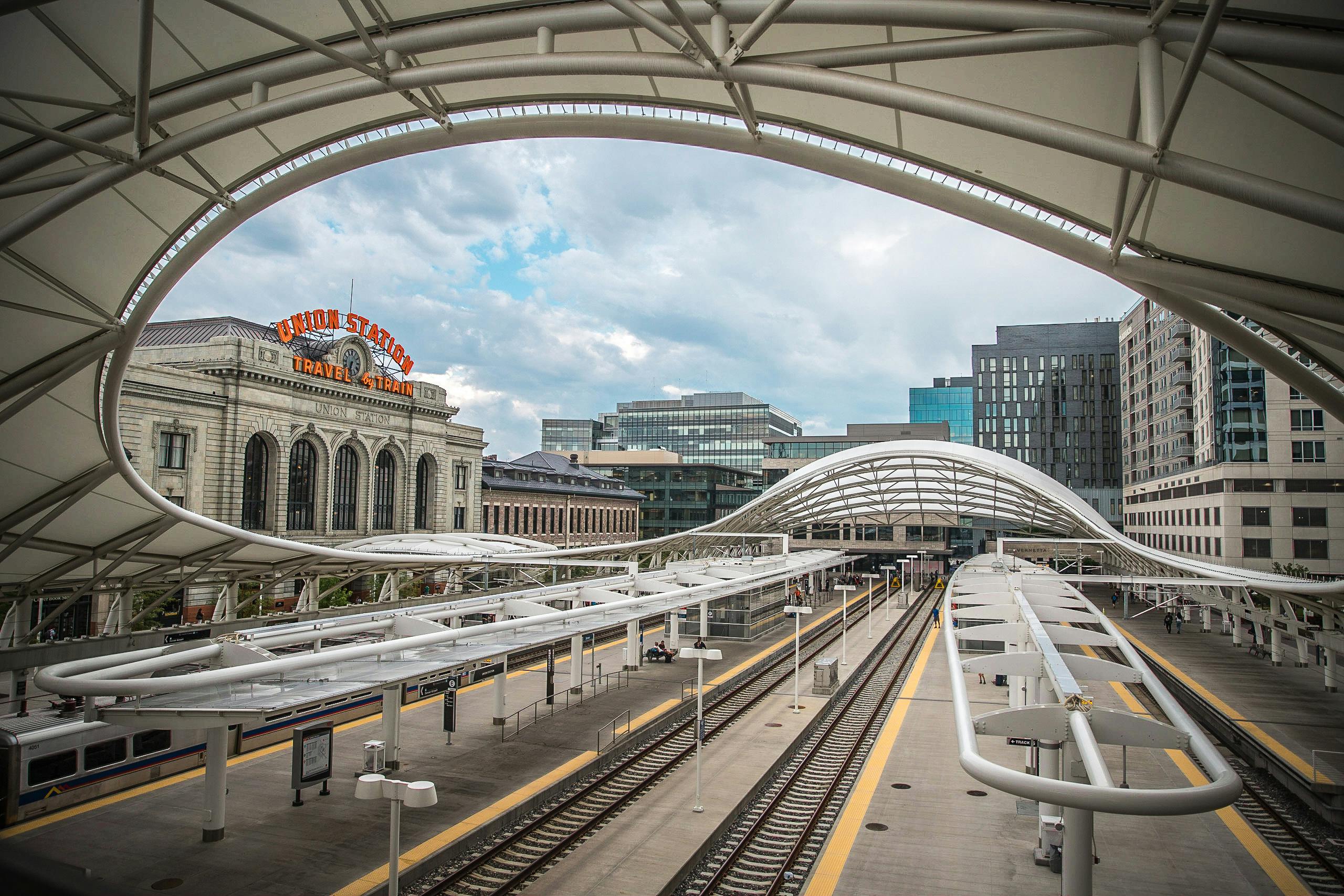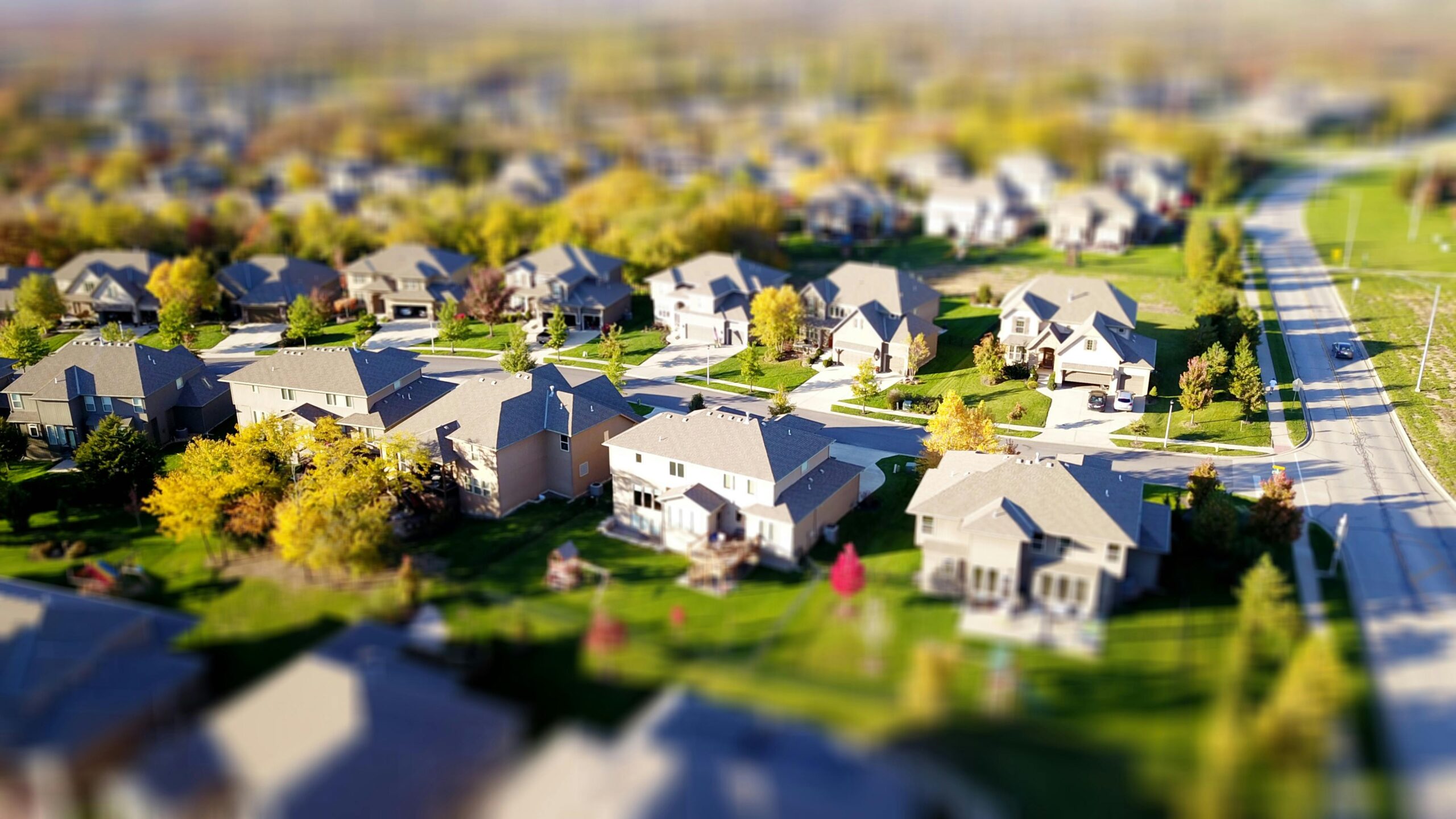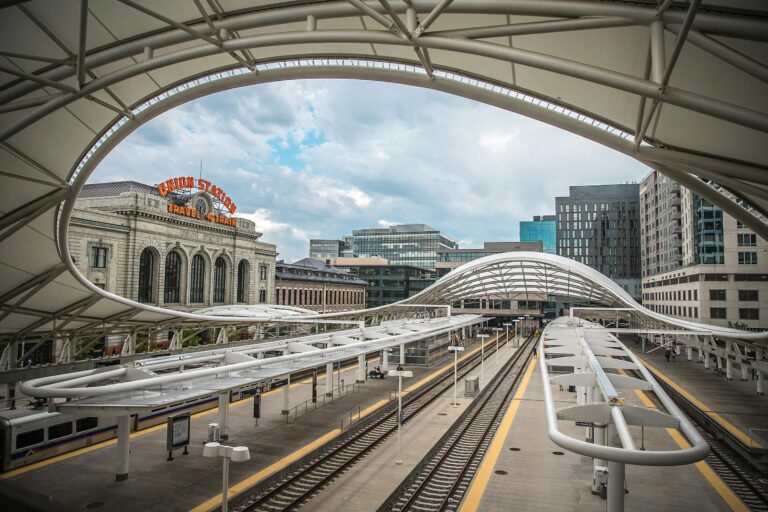It’s that dreaded time of year, what we call “tax season.” This is also the time of year that we take a look at all of our assets and make sure that we are protected properly. Our home is one of our largest investments and it’s a good time to take a look at your homeowners insurance and make sure you are protected at the correct value for replacement. My goal as your trusted real estate advisor is to make sure you are ahead of any unfortunate situations. One of my favorite sayings is “confidence is being prepared for the unexpected.” We all hope and pray that bad things will not happen but, sometimes mother nature has different plans.
One of the best things about being a part of Sotheby’s International is the collaboration with other agents. We are sharing an article from Steamboat Sotheby’s that I believe is very valuable.
Steamboat Sotheby’s interviewed Lisa Lancaster, Agent at Alpine Insurance Brokers in Steamboat and here is what she had to say. “Building costs were affected by supply chain issues during Covid, and then real estate prices shot way up. In Colorado, insurance carriers have become increasingly cautious about wildfires. Any homes anywhere near where a previous wildfire was are going to be a lot more expensive to insure, even if it’s highly unlikely that a fire will burn there again,” Lancaster says. “All of that, combined with market volatility and inflation, have made insurance premiums more expensive. Consumers are seeing their premiums go up significantly, and often without warning,” she says. But where consumers really need to pay attention is replacement cost or what is often referred to in a policy as dwelling limit. “Historically, building cost and market value were far apart—replacement cost wasn’t nearly as expensive as the cost of buying a home in Steamboat. But now what we’re seeing is building cost has increased so much it’s on par with market value.” Lancaster says when new clients ask for a quote they may not be aware of the difference between the cost to rebuild and market value. “We try to educate our clients and maintain a relationship with open lines of communication throughout the year.” She looks at any improvements they’ve made and calculates the replacement cost by multiplying the square footage with what the construction industry is currently charging for building cost, and offers each client the opportunity for an annual review. “On the high end, luxury homes are running up to $1,000 per square foot for replacement cost, and the local construction companies I spoke with said building materials have increased 35% in the last year,” Lancaster says. The time to reevaluate is when your policy comes up for renewal, but changes can be made at any time. The good news is, you can increase your dwelling limit and it might not cost as much as you think. “You want to look at your dwelling limit and then divide it by the square footage of your house to see where you’re at.” For example, let’s say someone’s dwelling limit is $1,000,000 on a 2,500 square foot home. They are insured for $400 per square foot replacement cost, which is likely not enough in our current climate, and if they asked my opinion I would recommend increasing the dwelling limit. Lancaster says it’s as simple as calling your insurance agent and letting them know you’re not comfortable with your dwelling limit. “Ask them if they can raise it and how much it will cost. It might not raise your premium as much as you might think.” It’s also important for consumers to understand it doesn’t matter how long you’ve held your policy or even if you’ve never made a claim—the premium is based on an industry standard rate, calculated on risk, not merit. “Just
like everything else that has increased the cost of living, so has the cost of your insurance,” Lancaster says.
Lancaster goes on to speak about proximity to a fire station being a key factor in pricing. So many people wanted to live a different type of lifestyle during and after Covid. They wanted the secluded mountain living lifestyle, but that created a problem when factoring in the proximal and ideal location to live during a fire/wildfire to a fire station. I speak first hand when I say, we were nowhere close to a fire station during the East troublesome fire and that definitely played a factor in our home not making it. Lancaster says, “If you are more than 10 miles from the nearest fire station, your coverage is going to get really expensive. Insurance carriers will want to see a water source and that preventative measures are taken such as an internal fire suppression system, central fire alarm, and fire mitigation efforts around the house.” She gave some good advice that I will leave you with, “You have the right to have it explained to you, to ask questions, to ask for quotes or for better coverage. What you don’t want is to find out after-the-fact that you didn’t have sufficient coverage. Your home is one of your most important assets. You want to make sure it’s protected.” Lisa can be reached via email at lisa@alpineinsurancesteamboat.com, or by calling 970-879-2265 //alpineinsurancesteamboat.com.
Again, no matter where you live in Colorado, or what adversities you may face in your city, giving your insurance carrier a call and finding out if you are adequately covered is prudent to do and will give you peace of mind when disaster strikes.










